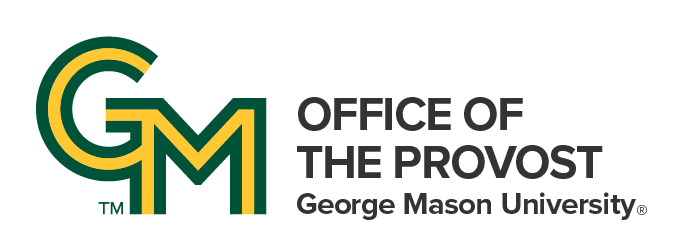The programs and services offered by George Mason University are open to all who seek them. George Mason does not discriminate on the basis of race, color, religion, ethnic national origin (including shared ancestry and/or ethnic characteristics), sex, disability, military status (including veteran status), sexual orientation, gender identity, gender expression, age, marital status, pregnancy status, genetic information, or any other characteristic protected by law. After an initial review of its policies and practices, the university affirms its commitment to meet all federal mandates as articulated in federal law, as well as recent executive orders and federal agency directives.
George Mason is committed to fostering an environment that supports all-inclusive diversity and well-being for our faculty, staff, and students.
Mission: What We Do
Our students come first and we offer accessible, transformational educational experiences to all. We provide strategic support and services of the highest quality to our faculty, staff, and the institution. We also strengthen the health, well-being, and viability of our community and the world around us through faculty and academic/programmatic expertise and our commitment to inclusive excellence.
In addition, the Office of the Provost creates connections and build bridges within and across the university, and with our community stakeholders, supporting impactful collaborations with partners. Finally, we build consensus, measure, and democratize information among the community to ensure we are embodying the university’s mission.
Values: What We Believe
- We lead with integrity, transparency, and by example.
- We are responsive and agile to our community.
- We embrace team-oriented collaborative leadership.
- We are intentional that our processes/practices promote all-inclusive diversity.
- We create and implement programs and initiatives that are sustainable over time.
- We are forward-looking, aware of challenges and opportunities in current higher education context.
- We embrace the spirit of possibilities.
- We provide responsible stewardship, within and beyond George Mason.
Vision: What We Seek and How We Do It
- We foster thriving, inclusive communities.
- We champion knowledge creation and integration within and across disciplines and fields of study.
- We provide transformational leadership for guiding education, innovation, and creativity with an eye toward fostering sustainable change.
- We strive to be a source of reliable and accurate information, and clearly communicate this information so units are empowered to make timely data-informed decisions.
- We maintain integrity, quality, and reputation of George Mason through our responsiveness to our accrediting bodies.
- We serve as responsible stewards, holding ourselves accountable to the Commonwealth of Virginia, the university community, our students, supporters, and donors.
